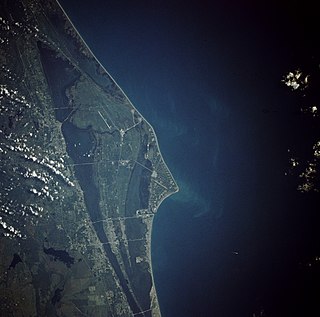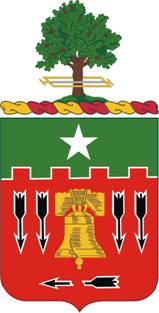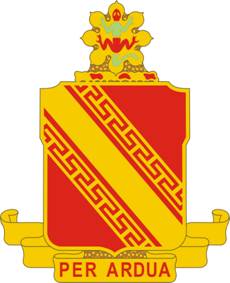| Pershing Professionals Badge | |
|---|---|
 | |
| Awarded by 56th Field Artillery Group, United States Army | |
| Type | Badge |
| Eligibility | Proficiency on the Pershing nuclear missile system |
| Status | Discontinued |
| Statistics | |
| First awarded | 1968 |
| Last awarded | 1979 |
The Pershing Professionals Badge is a local individual award created by the 56th Artillery Group to recognize proficiency on the nuclear Pershing missile system. It was awarded from December 1968 through 1979. [1] [2]
Originally awarded only as bronze, the silver and gold versions of the badge were later developed. Cloth versions of the badge were also available. The badge and patches were locally procured in Schwäbisch Gmünd. The badge was colloquially known as the Pocket Rocket or Pershing Pickle.

Schwäbisch Gmünd is a town in the eastern part of the German state of Baden-Württemberg. With a population of around 60,000, the town is the second largest in the Ostalb district and the whole East Württemberg region after Aalen. The town is a Große Kreisstadt since 1956, i.e. a chief town under district administration; it was the administrative capital of its own rural district until the local government reorganisation on 1 January 1973.
The badge went through some design changes:
- The original badge was stamped, and showed 56 Artillery Group and the motto of QRA (Quick, Reliable, Accurate or Quick Reaction Alert).
- The text changed to 56 Artillery Brigade after the September 1970 redesignation.
- After June 1971, the badge changed to reflect the new shoulder sleeve insignia. The text changed to 56th FA Brigade, the lightning bolts from the insignia were added and the background became textured. The badge was now cast instead of stamped.
The 3rd Ordnance Battalion allowed some soldiers to wear the badge for supporting the missile launches performed at Cape Canaveral and elsewhere.

The 3rd Ordnance Battalion is a unit of the United States Army currently stationed at Joint Base Lewis–McChord. It is assigned to the 71st Ordnance Group at Fort Carson, Colorado, which is under the 555th Engineer Brigade at Joint Base Lewis–McChord.

Cape Canaveral, from the Spanish Cabo Cañaveral, is a cape in Brevard County, Florida, United States, near the center of the state's Atlantic coast. Known as Cape Kennedy from 1963 to 1973, it lies east of Merritt Island, separated from it by the Banana River. It was discovered by the Spanish conquistador Juan Ponce de León in 1513.
The 3rd Battalion, 9th Field Artillery Regiment was the Pershing training unit at Fort Sill, Oklahoma. In 1976, they developed the similar Field Artillery Missileman's Badge for proficiency. The badge was a red rectangle with a silver missile and was awarded in basic, senior and master levels. [3]

Fort Sill, Oklahoma is a United States Army post north of Lawton, Oklahoma, about 85 miles southwest of Oklahoma City. It covers almost 94,000 acres (38,000 ha).
The Field Artillery Missileman's Badge is a local individual award created by the 9th Field Artillery Missile Group to recognize proficiency on the various missile systems. It was awarded from December 1976 through 1979. The intent of the badge was similar to the Pershing Professionals Badge awarded by the 56th Artillery Group.
In 1978, the Army began to rescind authorization for local uniforms and awards and the badge was withdrawn in 1979. Remaining badges were generally given as gifts to departing members.













